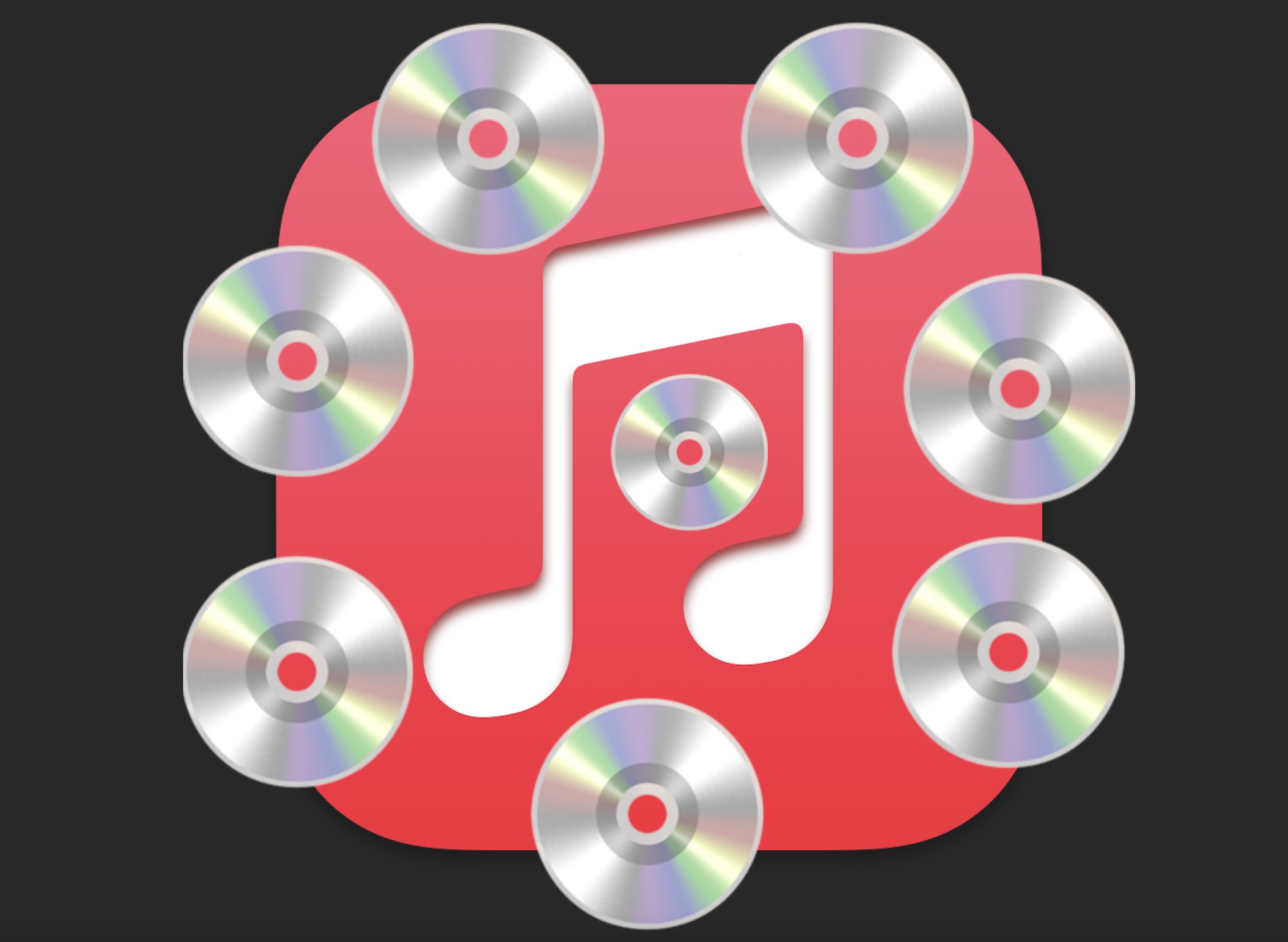-
How to Burn a CD in macOS Monterey / Big Sur

Go to OSX Daily to read How to Burn a CD in macOS Monterey / Big Sur Want to burn a CD on your modern Mac with macOS Monterey or Big Sur with the Music app? You can do that! Yes indeed, you can rip a CD on your good old modern Macintosh computer, so…
